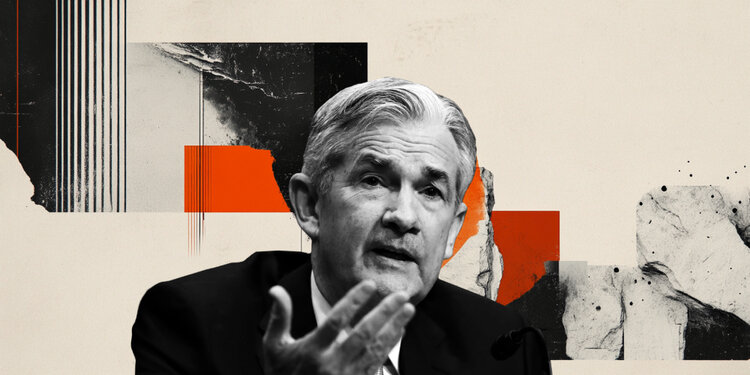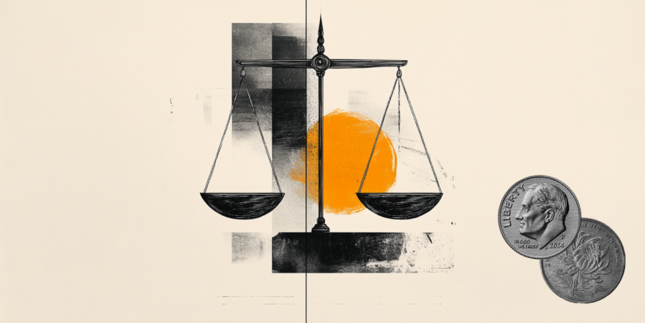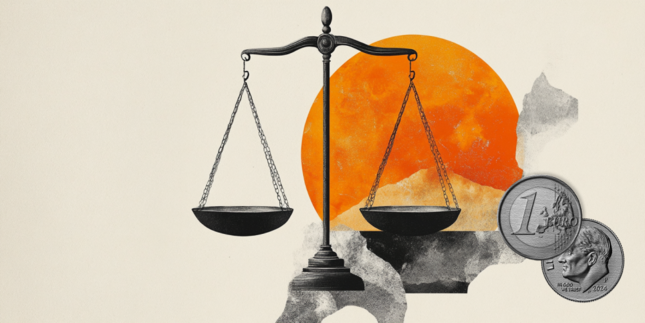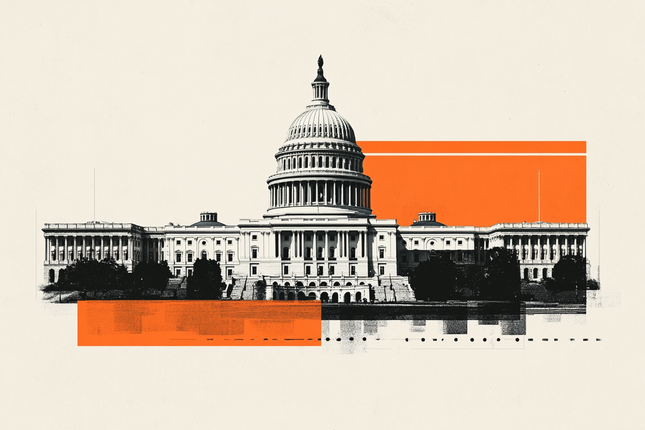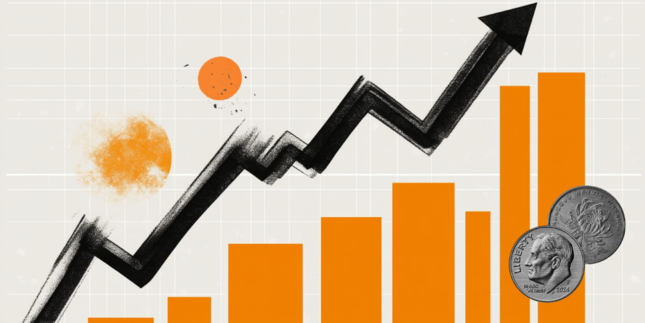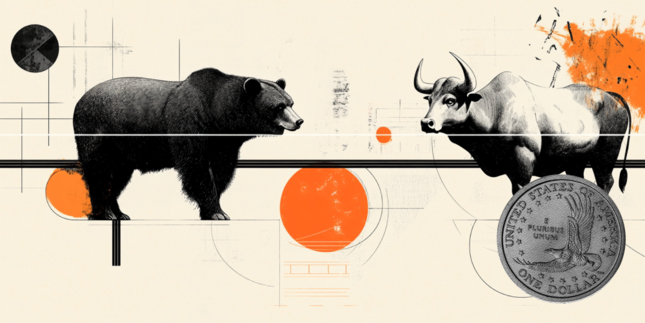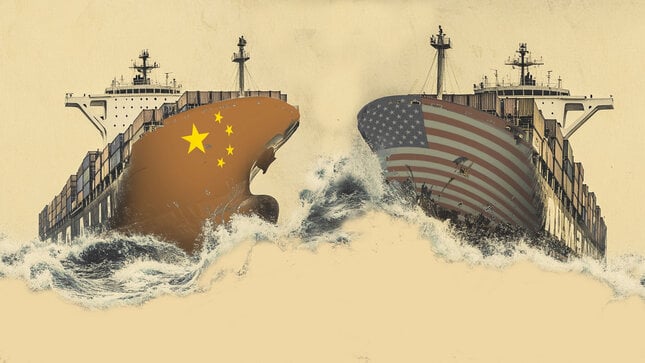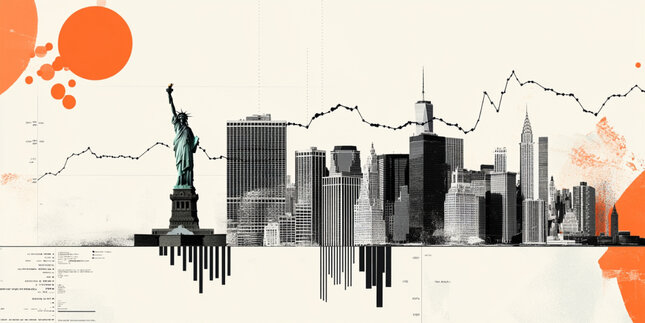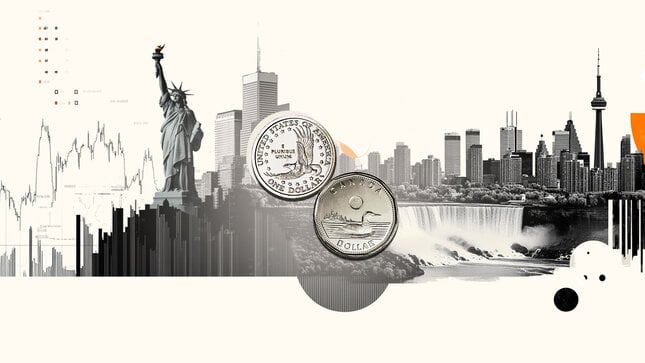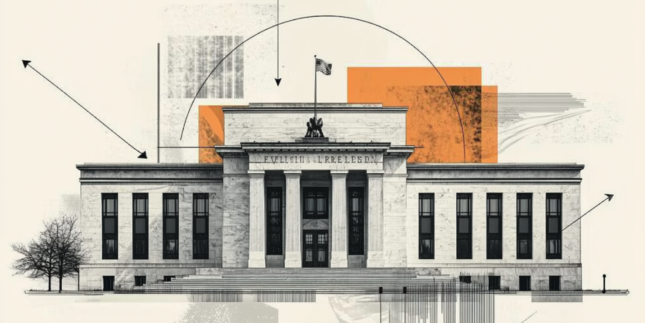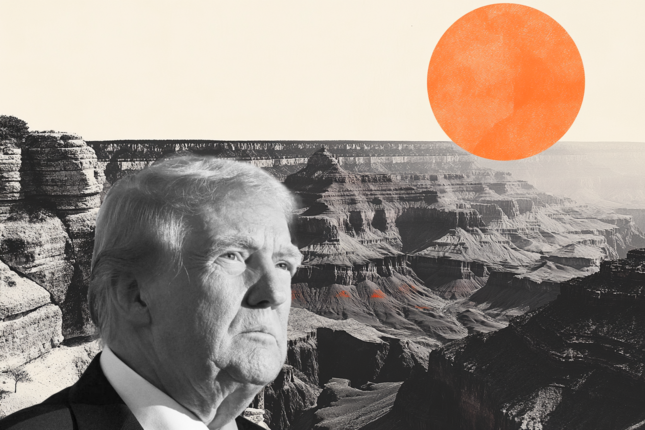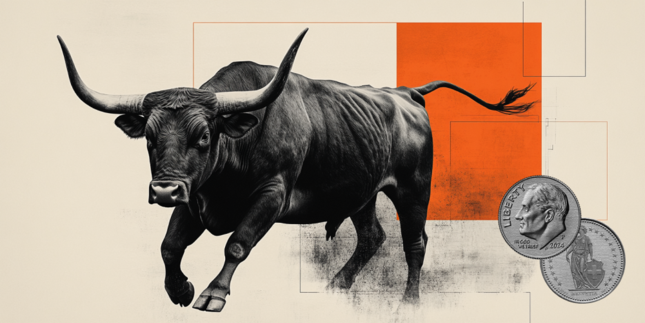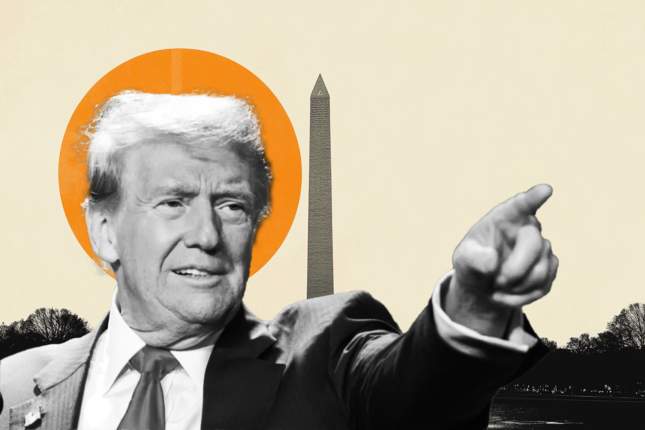EUR/USD whipsaws after Fed rate hold, Powell warns tariffs put targets out of reach
- EUR/USD bounced from 1.1335 to 1.1365 after the Fed held rates steady at 4.5%.
- Market tensions remain elevated, but investors noted a slight shift in Fed policy tone.
- Fed Chair Powell warned that tariffs will put Fed targets out of reach if they remain.
EUR/USD churned within intraday levels after the Federal Reserve (Fed) held interest rates at 4.5% on Wednesday. Markets had broadly forecast a flat stance from the Fed for its May rate call, but the key for investors will be how much the Fed shifts its stance toward future rate cuts.
According to the Fed's rate announcement, policymakers have noted that, while US employment and economic activity remain firm overall, risks to both labor and output have risen, largely at the hands of policy uncertainty surrounding tariffs and US trade. The unease from Fed officials surrounding economic risks helped to pin market hopes for impending rate cuts on the high end, putting EUR/USD briefly on the high side.
Market sentiment fell back following Fed Chair Jerome Powell's press conference. Fed Chair Powell noted that US trade tariffs will put Fed goals on both inflation and employment out of reach for the remainder of the year should they remain in place.
Read more Fed news here: We don't have to be in a hurry
Fed Chair Powell also cautioned that ongoing policy instability will continue to make it more likely that the Fed will continue to maintain a 'wait-and-see' approach to interest rates. Despite devastating hits to consumer and business sentiment at the hand of the Trump administration's tariff policies, very little blowback has presented itself in hard economic data, making it difficult for the Fed to justify any near-term changes in interest rates.
According to the CME's FedWatch Tool, rate markets are still hoping for a quarter-point rate cut in July. However, odds of another rate hold in July have risen to 30%, crimping broad-market hopes for any easy transition into another rate-cutting cycle.
EUR/USD 5-minute chart
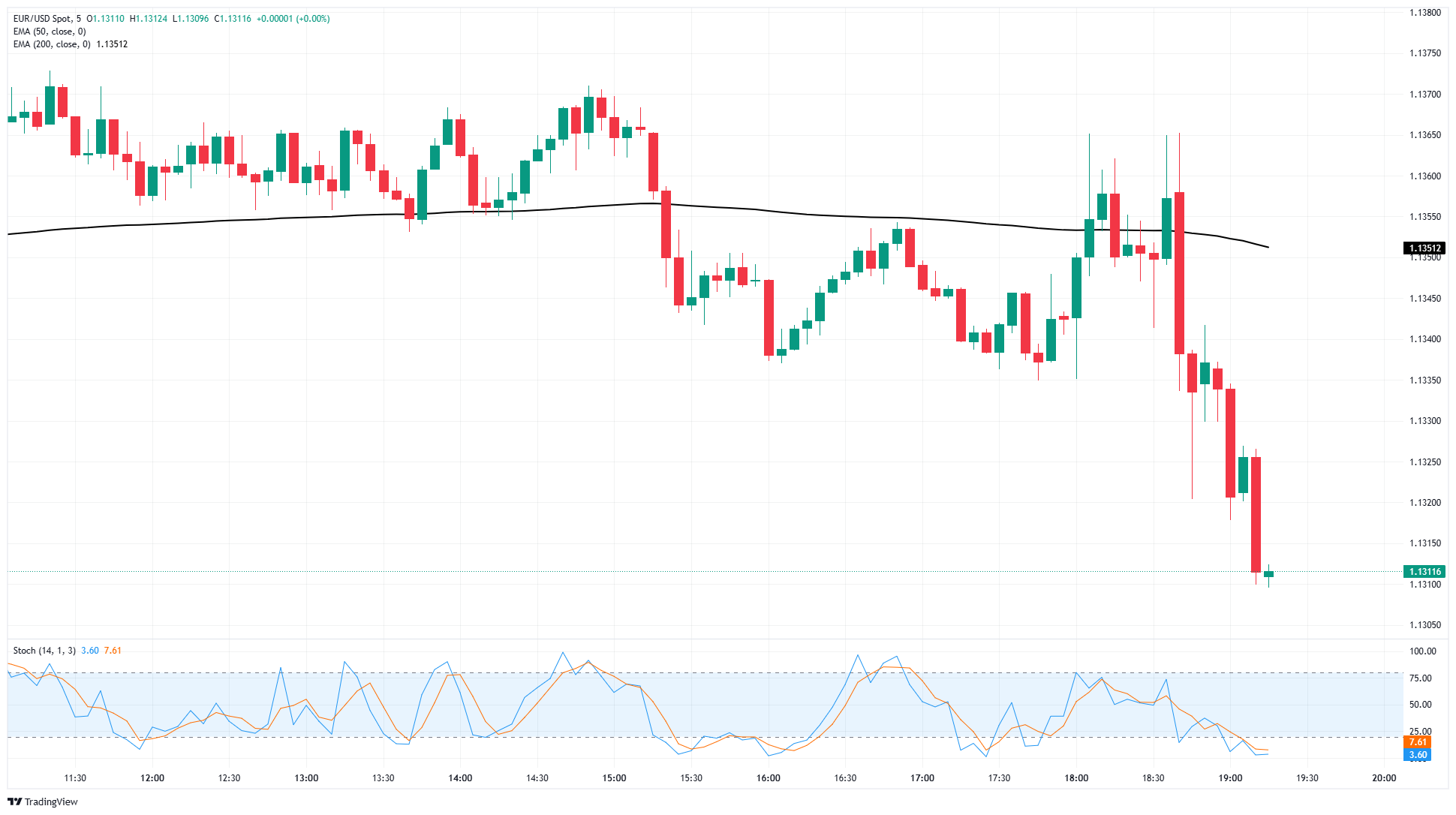
Fed FAQs
Monetary policy in the US is shaped by the Federal Reserve (Fed). The Fed has two mandates: to achieve price stability and foster full employment. Its primary tool to achieve these goals is by adjusting interest rates. When prices are rising too quickly and inflation is above the Fed’s 2% target, it raises interest rates, increasing borrowing costs throughout the economy. This results in a stronger US Dollar (USD) as it makes the US a more attractive place for international investors to park their money. When inflation falls below 2% or the Unemployment Rate is too high, the Fed may lower interest rates to encourage borrowing, which weighs on the Greenback.
The Federal Reserve (Fed) holds eight policy meetings a year, where the Federal Open Market Committee (FOMC) assesses economic conditions and makes monetary policy decisions. The FOMC is attended by twelve Fed officials – the seven members of the Board of Governors, the president of the Federal Reserve Bank of New York, and four of the remaining eleven regional Reserve Bank presidents, who serve one-year terms on a rotating basis.
In extreme situations, the Federal Reserve may resort to a policy named Quantitative Easing (QE). QE is the process by which the Fed substantially increases the flow of credit in a stuck financial system. It is a non-standard policy measure used during crises or when inflation is extremely low. It was the Fed’s weapon of choice during the Great Financial Crisis in 2008. It involves the Fed printing more Dollars and using them to buy high grade bonds from financial institutions. QE usually weakens the US Dollar.
Quantitative tightening (QT) is the reverse process of QE, whereby the Federal Reserve stops buying bonds from financial institutions and does not reinvest the principal from the bonds it holds maturing, to purchase new bonds. It is usually positive for the value of the US Dollar.
Forex News
Keep up with the financial markets, know what's happening and what is affecting the markets with our latest market updates. Analyze market movers, trends and build your trading strategies accordingly.
